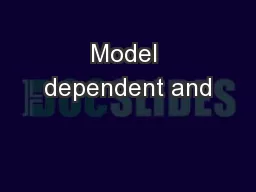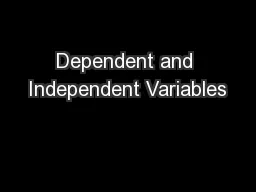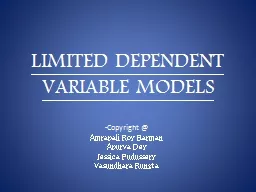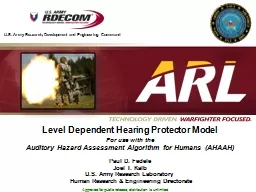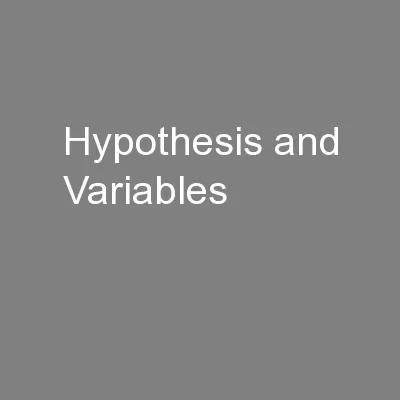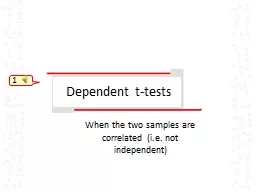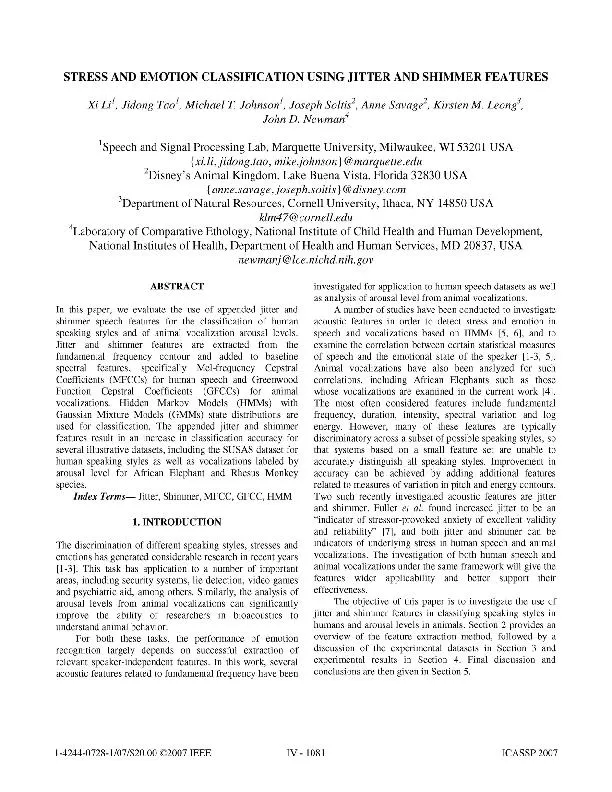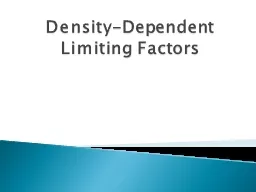PPT-Model dependent and
Author : stefany-barnette | Published Date : 2015-12-10
model in dependent considerations on two photon exchange Egle TomasiGustafsson IRFU SPhN Saclay and IN2P3 IPN Orsay France Egle TomasiGustafsson Gatchina
Presentation Embed Code
Download Presentation
Download Presentation The PPT/PDF document "Model dependent and" is the property of its rightful owner. Permission is granted to download and print the materials on this website for personal, non-commercial use only, and to display it on your personal computer provided you do not modify the materials and that you retain all copyright notices contained in the materials. By downloading content from our website, you accept the terms of this agreement.
Model dependent and: Transcript
Download Rules Of Document
"Model dependent and"The content belongs to its owner. You may download and print it for personal use, without modification, and keep all copyright notices. By downloading, you agree to these terms.
Related Documents

